The Wetlands Learning Lab
In 2012, Campbell Elementary School took advantage of a unique opportunity to expand its hands-on, inquiry-based approach to education by converting a wet and swampy area of the schoolyard into a Wetlands Learning Lab.
Wetlands Learning Lab at a Glance
History |
| The Wetlands Learning Lab was made in memory of Leslie Mead, who served the Campbell community for many years. She also gave Campbell the idea of the vernal pond we have today. Before there was a vernal pond in Campbell’s wetlands, there was a small spring in our sandbox. The students were digging and digging through the sand, until they hit the spring and it became a vernal pond flourishing with water. This created a bioswale and that is why the Wetlands Learning Lab now exists. |
Purpose |
| The Wetlands Learning Lab is a Certified Wildlife Habitat that provides the four basic elements of survival: food, water, cover/shelter, and places to raise young. This means that it has all the necessary needs for living things to survive. It can also be used to teach lessons during morning meetings and throughout the day. It’s not every day that you see a beautiful ecosystem with lots of flora and fauna thriving throughout an enclosed area just outside your classroom. |
Ecosystem |
| The ecosystem of the Wetlands includes multiple organisms such as the English Ivy that surrounds the wetlands, the red ants that poke small holes in the dirt, and the corn dog-like cattails that seem to climb up the fence. All of our plants are interconnected in some way or another, which allows our plants to keep on growing healthier each season. |
Learn More:
What is the Wetlands Learning Lab?
How does the Wetlands Learning Lab advance the goals of EL?
How did we build the Wetlands Learning Lab?
What is the Wetlands Learning Lab?
- A 250 sq. ft. Wildlife Study Zone encompasses an expanded springhead; the area where the water flows out of the ground. A fence to protect flora and fauna surrounds the area allowing for teacher supervised visits. Benches and boulder steppers are incorporated into the study zone to provide safe areas for observation and data collection. Amphibian eggs and other microorganisms from Long Branch Nature Center have been introduced into the habitat.
- A Sand and Play area was created and edged with logs, stumps and boulders.
- Overflow from the wetland’s spring goes into a Dry Stream leading to a Rain Garden and then into a 60×2 foot Vegetated Bio-Swale. The Bio-Swale contains and directs ground water from the natural seeps that occur throughout the area. A bio-swale is a shallow depression created in the earth to accept, convey, and filter water runoff.
- Future plans include a Bird Blind, a structure that will allow children to observe birds at close range and Observation Decks in the study area.
How does the Wetlands Learning Lab advance the goals of EL?
Campbell is an Expeditionary Learning School. One of the core practices is the Learning Expedition. A Learning Expedition is an in-depth investigation designed around a compelling topic. Expeditions incorporate state Standards of Learning (SOL) into the curriculum in a hands-on way that is accessible and engaging to students. The Wetlands Learning Lab will be an important part of the fieldwork involved in Expeditions. Fieldwork requires students to visit the same place repeatedly over an extended period of time to collect data through tools such as interviewing, sketching, mapping, and observation. Campbell integrates the Wetlands Learning Lab into its many of its Learning Expeditions. The Wetlands Learning Lab is a natural extension of the values and beliefs Campbell holds dear. Specifically, it:
- Provides a venue for students to interact with experts in the fields of ecology, biology, geology, ecosystems, and water systems;
- Help students understand real-life issues around the watershed as it relates to Arlington, Northern Virginia, and the Chesapeake Bay;
- Create opportunities for students to work collaboratively with community partners, such as the Long Branch Nature Center, Arlingtonians for a Clean Environment, Virginia Land and Water, the Department of Environment Science, Parks and Recreation, and others in our community.
How did we build the Wetlands Learning Lab?
Design Phase
In 2010, the Campbell Schoolyard Committee hired Landscape Designer, Nancy Striniste of Earthplay, LLC, to help address the problem of water flowing onto the playground from the spring and seeps. A plan for a Wetlands Learning Lab was designed. Serious fundraising activities began in the fall of 2011 and continued into 2012. Fundraising activities included a community-wide donation appeal, a Winter Benefit Concert and Silent Auction, a student spelling bee, a bake sale and grants. Over the course of a year and a half, permission and permits were obtained from Arlington Public Schools Department of Facilities and Operations and the Department of Environmental Services. The construction contract was awarded to Tom Hunt of Green Earth Landscaping, LLC in the summer of 2012.
Construction Phase
Construction began in September 2012. Tom and his crew amazed and delighted the students and staff as they watched the progress. Excavators and bridge building activities were closely observed by the 4 year old VPI students whose trailer sits adjacent to the site. Tom and Nancy collaborated throughout the construction phase to make whatever adjustments were required and tweaked the plan to suit the site and our needs.
The Big Plant
On October 13, 2012, 200 plus community volunteers planted more than 560 native plants and trees species into the wetlands area. The plants were specifically chosen for the site and provided by Lisa Bright of Earth Sanga. A future eagle scout and Campbell alumnus, Paul P., coordinated the day with the help of retired teacher Pat Findikoglu, Lisa and Nancy. Boy Scouts and parents from Troupe 648 build the seven benches scattered throughput the area. Long Branch nature Center provided some plants and tools for the day. Parents, Paul and Jan Gronemeyer, inscribed names of donors onto boards to be used on the fence and bridge. Volunteers also removed massive amount of invasive species from the hillside adjacent to the wetlands. The day was an incredible display of the community spirit and commitment to Campbell by staff, students and friends.
The Dedication Ceremonies
On October 29, 2012 a small dedication ceremony took place at the Wetlands Site. Remarks were made by the school Principal, Maureen Nesselrode, the Landscape Designer, Nancy Striniste and Jan McMahon, a Schoolyard Committee Member. Students sang The Wetlands Jingle by staff member Shirley Atkins. On Saturday, April 20, 2013 an Open House will be held to celebrate the Campbell Wetlands Learning Lab and the Schoolyard.
Wetlands in March 2015

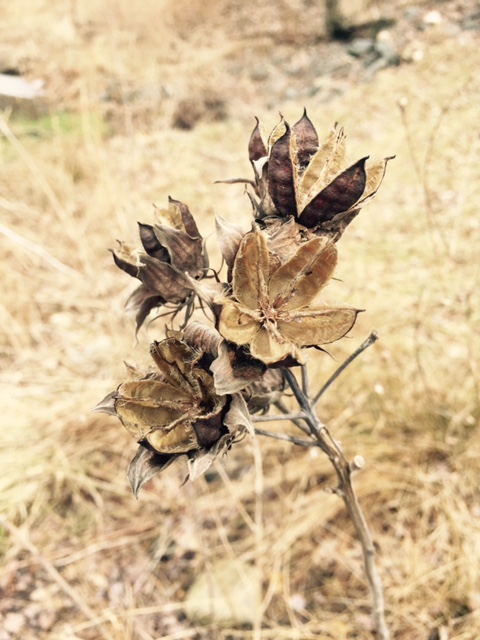
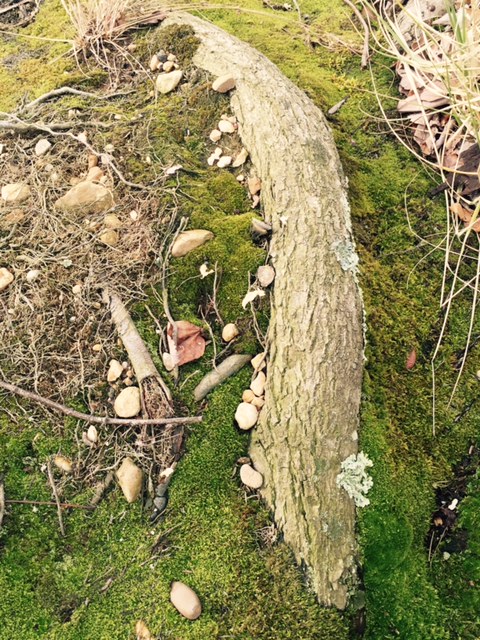
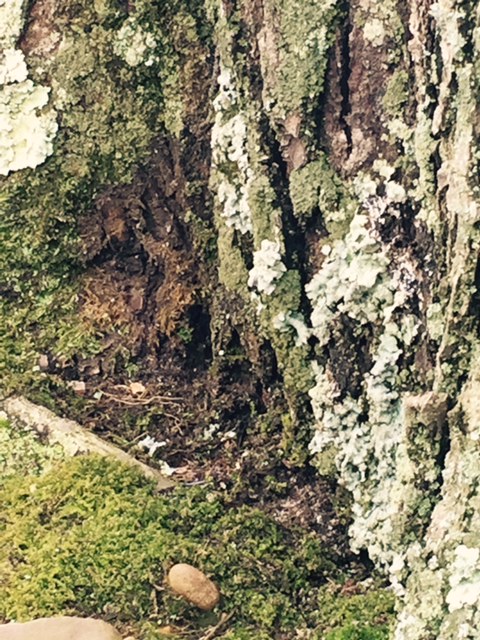
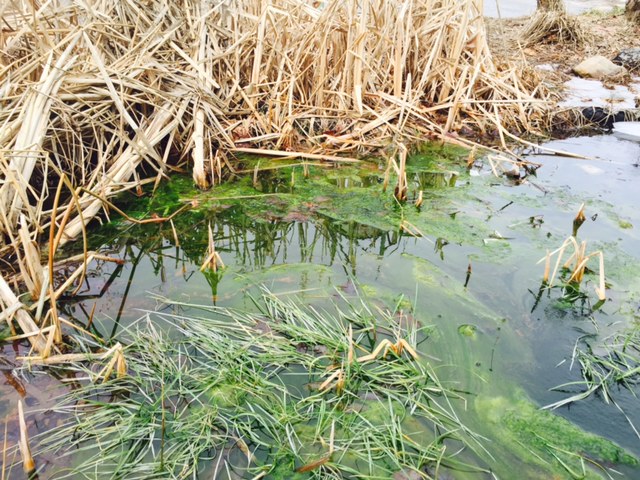
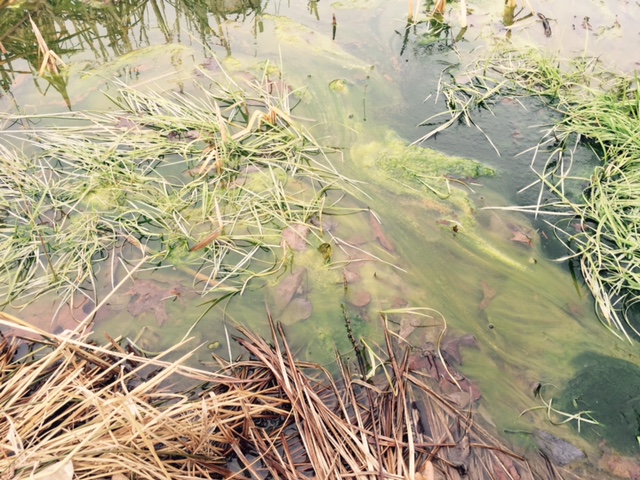
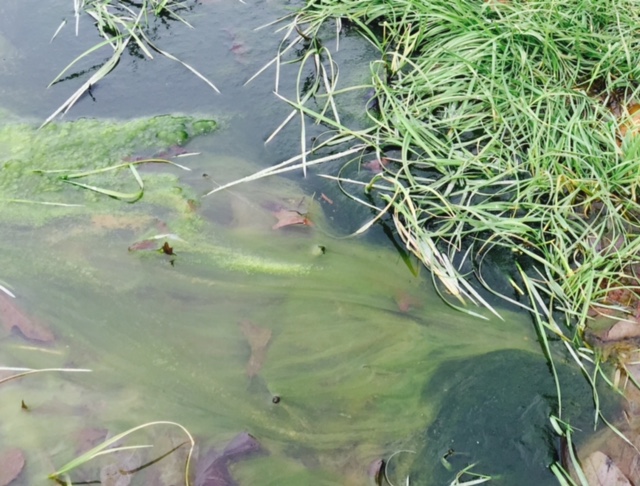

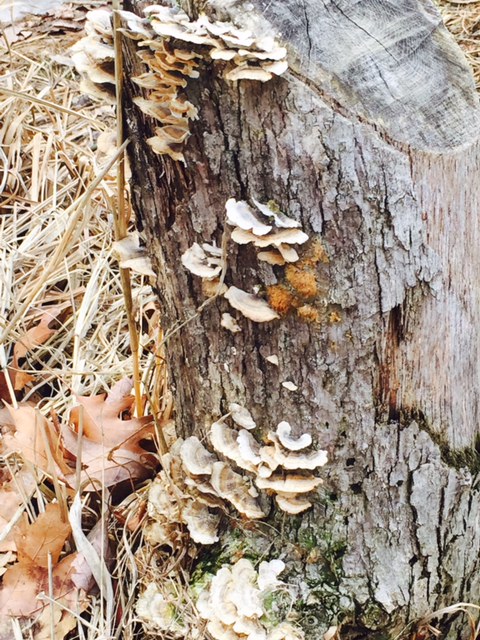
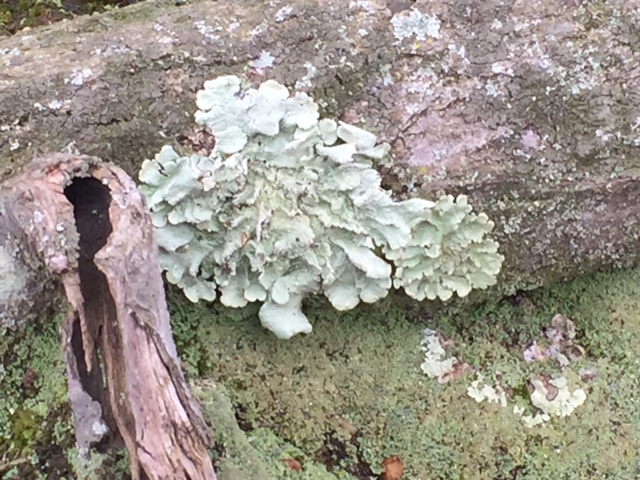
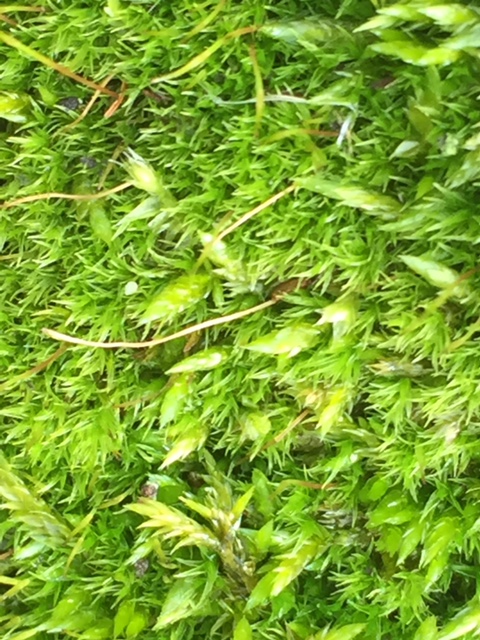











pictures by Christy Prystawik
 Contact
Contact  Calendars
Calendars Careers
Careers Engage
Engage  District
District
